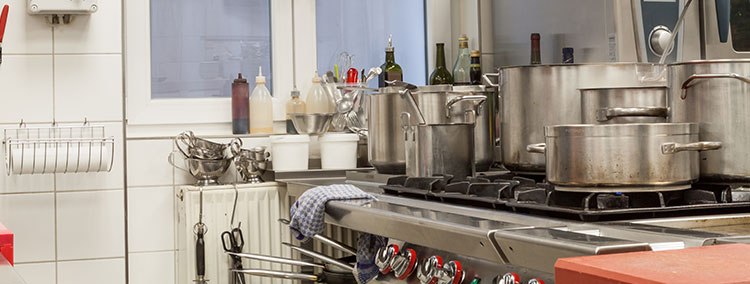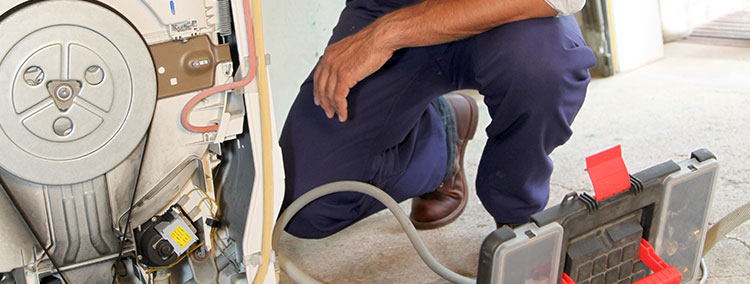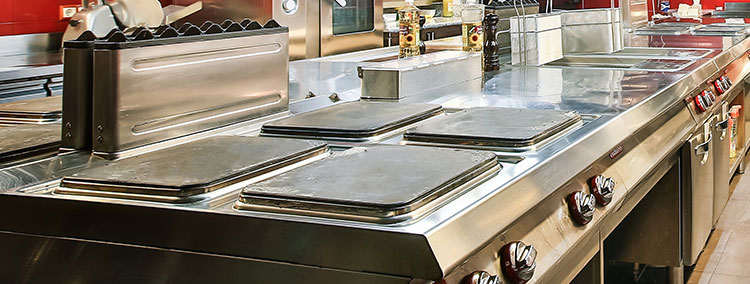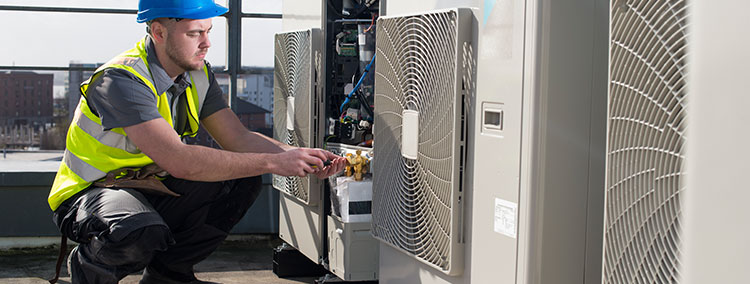Have you noticed a rotten egg smell coming out of your washing machine, and you are wondering why this is the case? The smell is brought about by several factors that include:
Dirty washing machine
When was the last time you cleaned your washing machine? If it has been long, the smell might result from a dirty appliance. According to appliance repair professionals, the best way to get rid of this smell is to simply clean the appliance and, in the process, get rid of mold, mildew, and grime that might have built up there.
To clean the washing machine, begin with opening the machine door and then set the unit to the hottest and largest load capacity.
Once the water begins to fill up, add one quart of bleach (about 4 cups) to the water inside the washing machine.
When the water fills up the washer, close the lid and turn it on to a long spin cycle. When the cycle ends, leave the machine for about one hour before turning it back on, and then put it on a standard wash cycle.
When the wash cycle ends, turn it to the hottest setting and largest capacity again, and then add 3 cups of white vinegar and a ½-cup of baking soda.
Once the washer is full, close the lid and turn it on to a long spin cycle again. Open the lid and wipe the washing machine out with a clean cloth when the cycle ends.
Finally, leave the washing machine lid open and let it dry out for a few hours before using it again.
Something is stuck in the door seal.
Washing machines have a large rubber door seal that goes around the door to stop water from getting out of the washing machine during a cycle.
Sometimes a piece of clothing such as a sock gets stuck inside the gasket, and it’s covered in mildew.
If you leave the piece of clothing here for a long time, it can start smelling like rotten eggs.
To get rid of the smell, you need to find out if there is anything stuck there and remove it.
Pull the door seal back and look inside for any loose clothing items. If you find any, remove them.
You should then thoroughly clean the door gasket with clean, hot soapy water, then leave the door open to let it dry and air out.
Clogged drain pump or plug
Most washing machine models will have a drain plug at the bottom that can clog up, leading to unpleasant odors.
To check the drain plug and filter, locate the drain plug, then turn the cap off. Have a towel in place as some water might leak out of it when doing it.
After removing the plug, reach into the hole and remove the drain filter. Thoroughly clean the drain filter and plug it in hot soapy water.
To remove any grime in the hose, pour a glass of hot water mixed with vinegar into the washing machine drum.
After cleaning all the parts, put them back into the washing machine. If you can still smell the rotten egg smell, you may need to run your washing machine on a cleaning cycle and check the sewer.
The sewer is clogged.
If you have tried all the above and nothing seems to work, the rotten smell might be due to a clogged sewer. Due to the clog, the smell can go through the drain hose and into the washing machine.
To solve this problem, locate where your drain hose is connected and remove the hose from the standpipe. If the pipe is smelly, give the entire area a thorough cleaning with hot, soapy water.
If the smell is due to the P-trap being faulty and allowing sewer gas to come up through the drain hose and into the washing machine, washer repair Springfield professionals recommend you pour a bucket of hot soapy water down the standpipe.
If the smell goes away, this is a sign that the problem was due to the P-trap.
If you do this and the smell doesn’t disappear, get in touch with a plumber to replace the p-trap.





